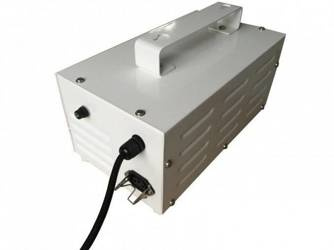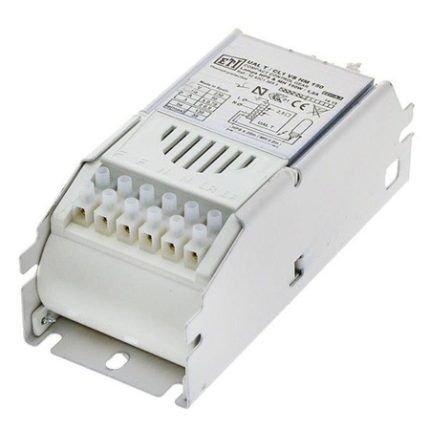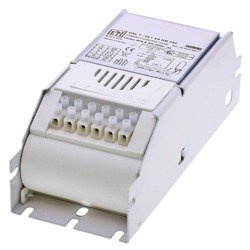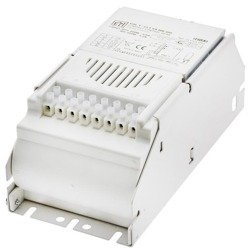Magnetic ballasts
Magnetic ballasts are an older technology used to regulate the current to fluorescent and HID (High-Intensity Discharge) lamps . They employ electromagnetic coils to limit the current, ensuring the lamps receive the correct voltage for efficient operation . While largely phased out in favor of more efficient electronic ballasts, magnetic ballasts are still found in some older lighting installations . They are known for their simple design and durability .
Magnetic ballasts work by using an inductor coil to create a magnetic field that limits the current flowing through the lamp . This coil provides the necessary voltage to start the lamp and then regulates the current to maintain a stable light output . The ballast prevents the lamp from drawing too much current, which could cause it to overheat and fail . Though a more crude method compared to electronic options, their simplicity makes them durable .
While magnetic ballasts can last for many years if kept in suitable conditions, they have several drawbacks compared to electronic ballasts . They are less energy-efficient, consume more power, generate more heat, and often produce a noticeable flicker and buzzing noise . The U.S. Department of Energy has banned the production of most magnetic ballasts due to their inefficiency, so upgrading to electronic versions is often recommended .






